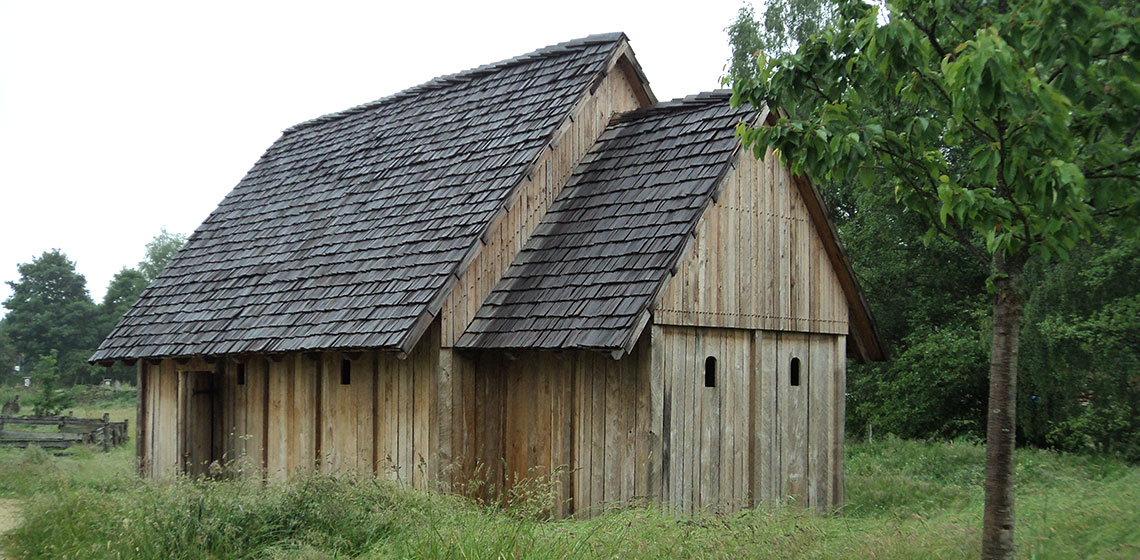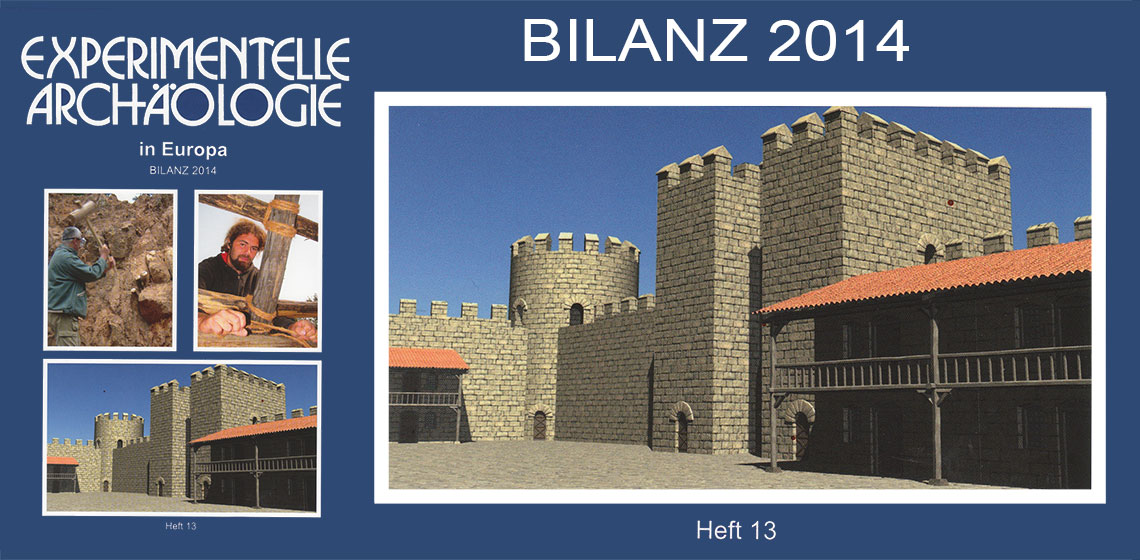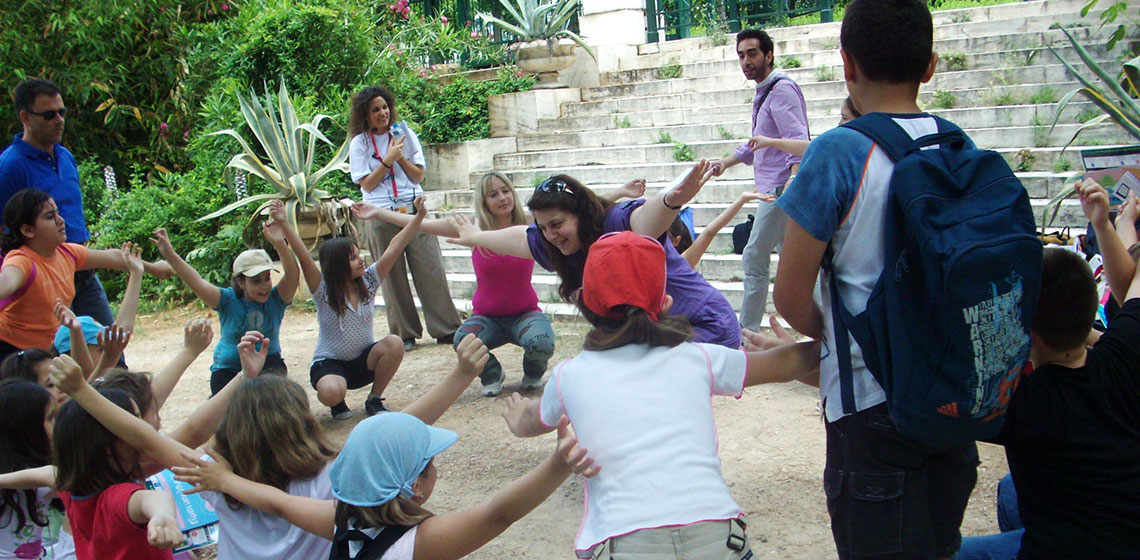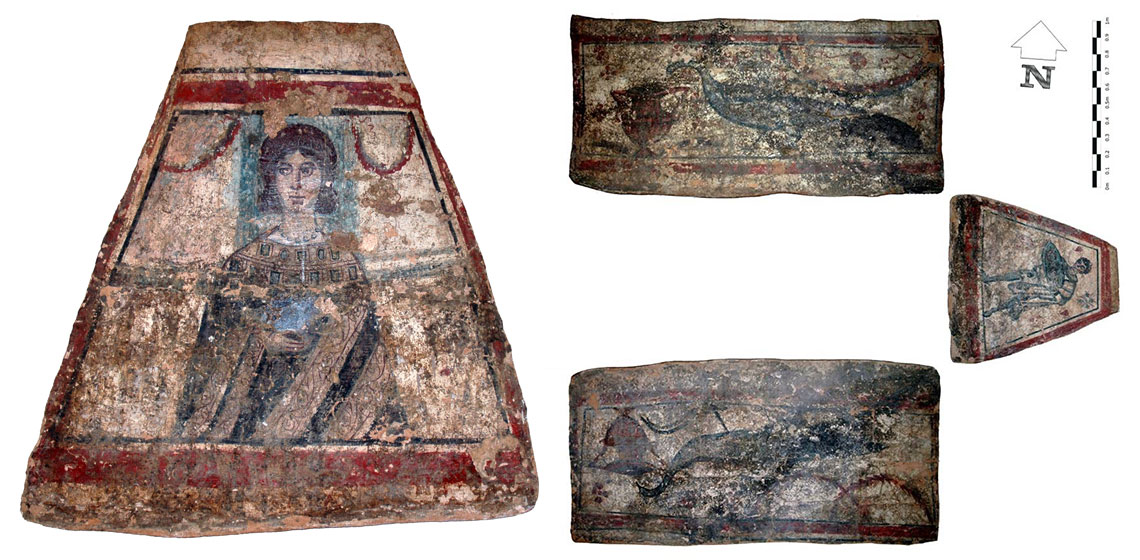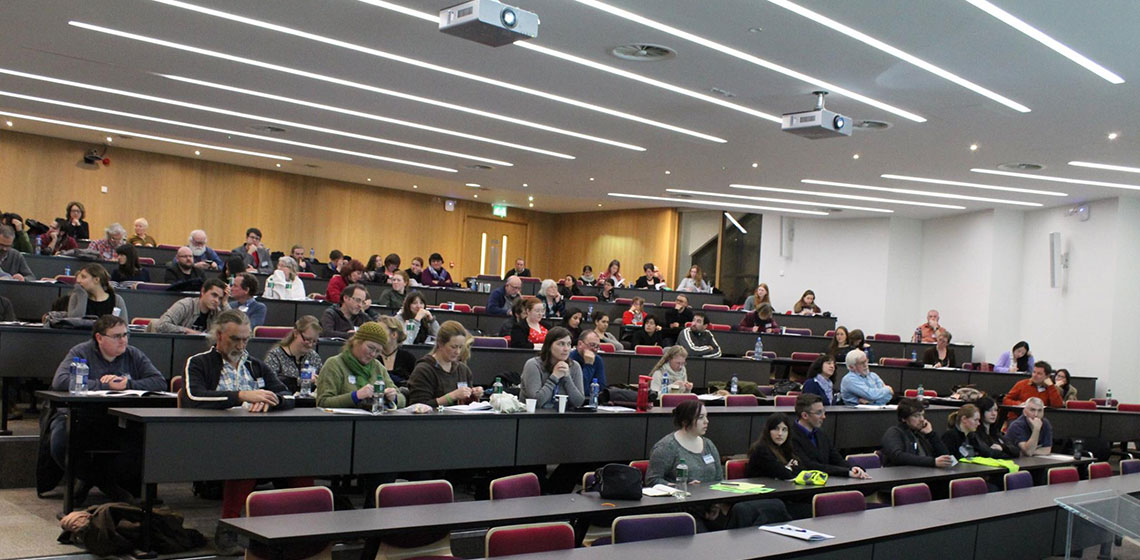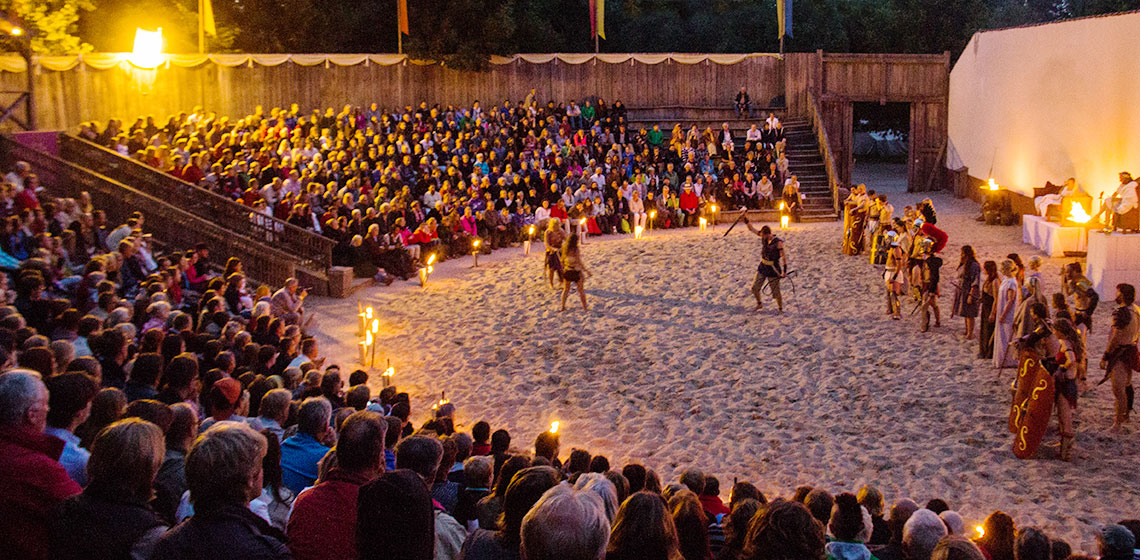Skupina STIK (SI)
Skupina STIK is a group of archaeologists that created a centre for experiential archaeology, called ARHEOFAKT. The centre represents a department within the cover research institute and is involved in reconstructions and presentations of life in the past. Our mission is the popularisation of experimential archaeology and archaeology in general.
Skupina STIK is a group of archaeologists that created a centre for experiential archaeology, called ARHEOFAKT. The centre represents a department within the cover research institute and is involved in...

